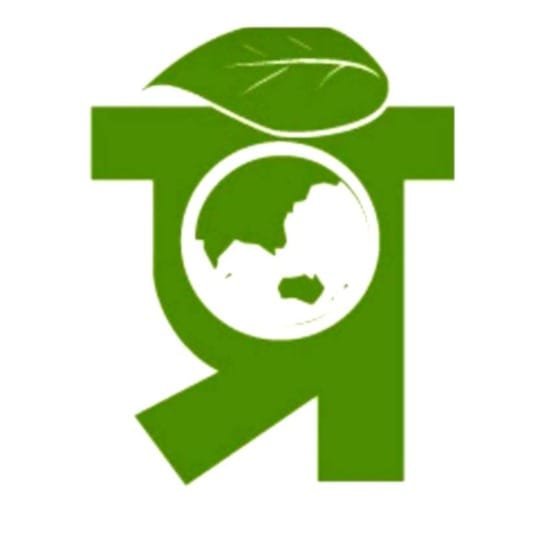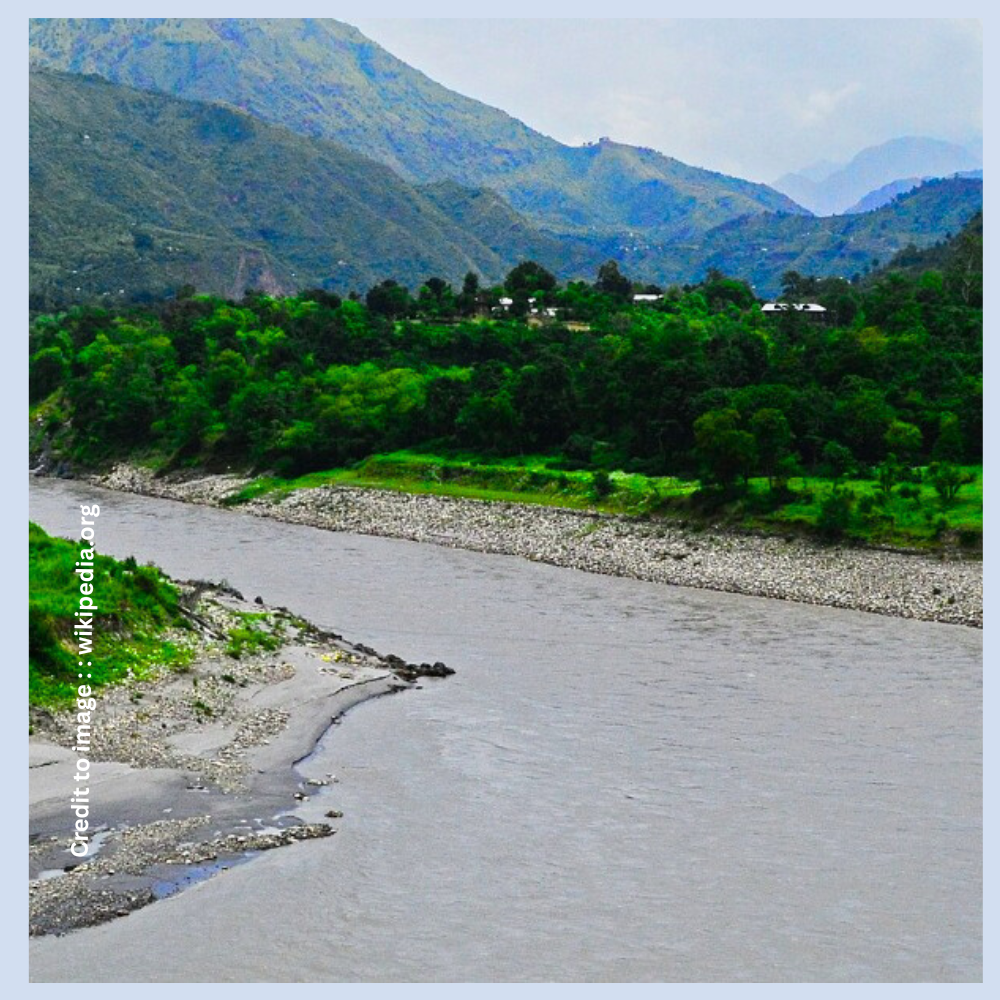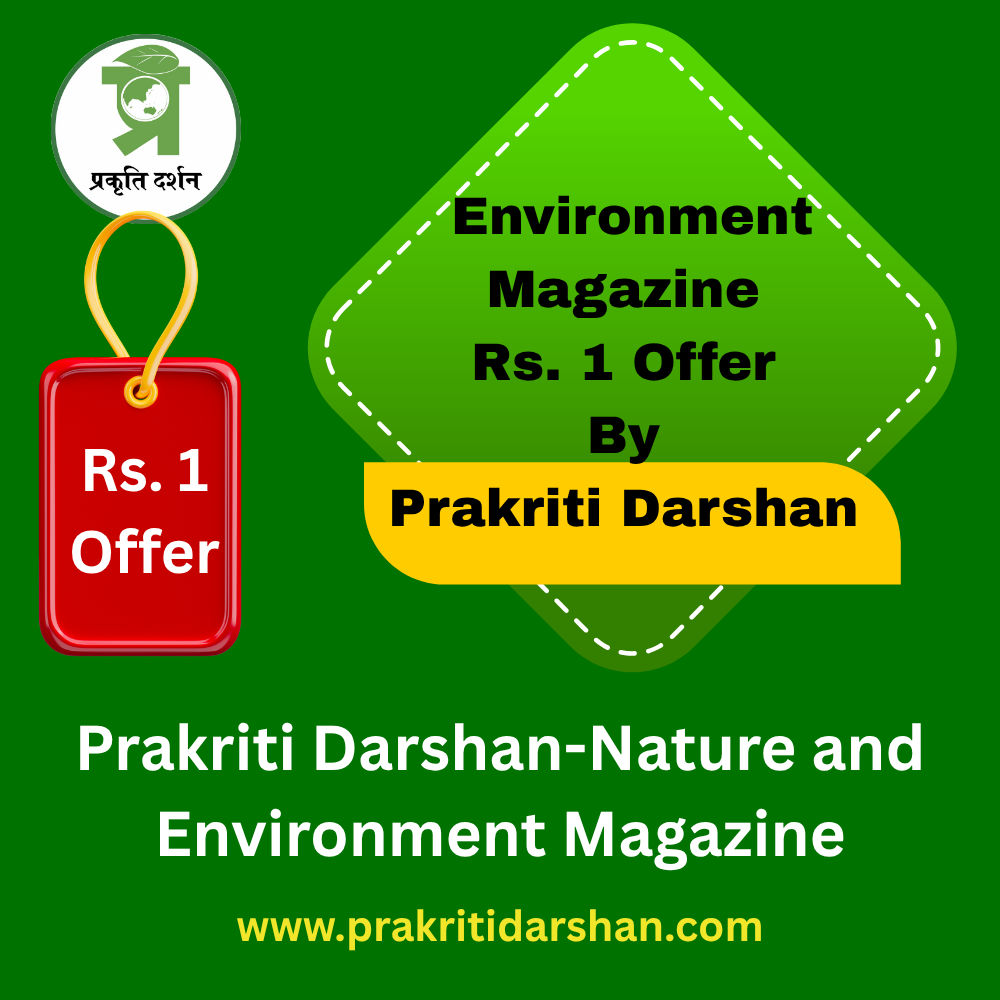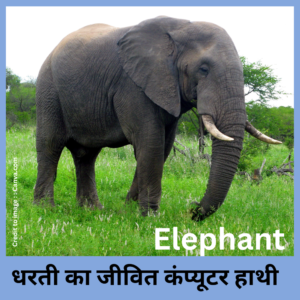The Satluj River, one of the five legendary rivers of Punjab, holds immense ecological, hydrological, and economic importance. Originating in Tibet and flowing through India into Pakistan, it nurtures agricultural lands, sustains rich biodiversity, and powers hydroelectric projects. This article explores its geographical course, scientific characteristics, contribution to sustainable agriculture, role in climate stability, and biodiversity support. “Satluj River And SDG”
Introduction to Satluj River
Life line rever : Satluj River is an important part of the Indus River system and also a life line for agriculture , climate and biodiversity . It originates from Lake Rakshastal near Mount Kailash in Tibet at an altitude of around 4,570 meters and flows through Himachal Pradesh and Punjab before entering Pakistan. This river plays a crucial role in regional hydrology, irrigation, biodiversity conservation, and energy generation.
Geographical & Scientific Data of Satluj River
| Parameter | Details |
| Source | Lake Rakshastal, Tibet |
| Origin Elevation | ~4,570 meters |
| Total Length | ~1,450 kilometers |
| Countries Traversed | China (Tibet), India, Pakistan |
| Indian States Covered | Himachal Pradesh, Punjab |
| Tributaries | Spiti, Baspa, Beas (joined indirectly) |
| Mouth | Confluence with the Indus River, Pakistan |
Satluj River and Sustainable Agriculture
River Satluj is life line of agricultural activities in Punjab and Himachal Pradesh ( some parts ) . Through the Bhakra Canal and other irrigation projects, it sustains millions of hectares of farmland.
Data Table: Satluj River’s Role in Sustainable Agriculture
| Region/Irrigation Project | Irrigated Area (in hectares) | Crops Supported |
| Bhakra Nangal System | Irrigation support to 2.5 million | Supported crop Wheat, Rice and Sugarcane |
| Punjab Canal Network for irrigation | Irrigation support to 1.2 million | Supported crop Cotton, Maize and Pulses |
| Sutlej-Yamuna Link (SYL) | Disputed | Intended for Haryana-Punjab |
Supports crop rotation, reduces dependence on groundwater, and enhances food security.
Impact on Climate and Biodiversity– Satluj River And SDG
The Satluj River basin harbors diverse flora and fauna and contributes to regional climate regulation. Its forests and wetlands act as carbon sinks and temperature stabilizers.
Data Table: Biodiversity and Climate Role
| Ecosystem Type | Key Flora/Fauna | Climate Function | |
| Riparian forests (Kinnaur) | Key Flora and Fauna : Deodar and pinus , Himalayan black bear. | Play role in : Acts as carbon sink | |
| Wetlands (Punjab) | Sarus crane, waterfowl, amphibians | Supports water cycle, microclimate | |
| Agricultural Lands | Beneficial insects, soil microbes | Enhances soil carbon, reduces emissions |
Major Dams on Satluj River
The Satluj River is vital for hydroelectric power and water storage. It hosts some of India’s most significant dam projects.
Table: Major Dams on Satluj River India
| Dam Name | Location | Height (m) | Power Capacity (MW) | Purpose |
| Bhakra Dam | Bilaspur, Himachal | 226 | 1,325 MW | Irrigation + Hydroelectric |
| Nathpa Jhakri Dam | Location is Kinnaur, Himachal | Approx 67 | 1,500 MW | Hydroelectric Power |
| Karcham Wangtoo | Kinnaur, Himachal Pradesh | 98 m Approx. | Power capacity 1,000 MW | Hydroelectric Power |
| Baspa-II | Sangla Valley | 60 | 300 MW | Hydroelectric Power |
Environmental Challenges-Satluj River And SDG
Despite its importance, the Satluj River faces environmental threats:
Glacial retreat due to climate change
Pollution from industrial waste and untreated sewage
Illegal sand mining and deforestation
Conflicts water sharing : SYL canal dispute
Relation between Satluj River and Sustainable Development Goals (SDGs) :
Empowering Sustainability through Water, Energy, Agriculture, and Biodiversity :
The Satluj River, one of the five major rivers of the Indus basin, plays a vital role in supporting the Sustainable Development Goals (SDGs) outlined by the United Nations. Flowing from Tibet, Himachal Pradesh, Punjab state of India and into Pakistan.The river is a lifeline for millions. Its contributions span across multiple sustainability goals — particularly SDG 2 (Zero Hunger), SDG 6 (Clean Water and Sanitation), SDG 7 (Affordable and Clean Energy), SDG 13 (Climate Action), and SDG 15 (Life on Land). “Satluj River And SDG”
Zero Hunger : SDG 2
Satluj river plays a important role in End hunger and achieve food security, improved nutrition. Also promote sustainable agriculture.
The irrigation infrastructure of the Satluj River — especially through projects like the Bhakra Canal System — irrigates vast areas in Punjab, Haryana, and Rajasthan.
It supports food grain production, particularly wheat and rice, helping India achieve food security and feeding millions.
Promotes climate-resilient agriculture by ensuring year-round water availability.
Clean Water and Sanitation :SDG 6
Satluj river Ensure availability & sustainable management of water for all.
Satluj River serves as a primary source of drinking water for rural and peri-urban areas across northern India.
Government initiatives under Operation SINDOOR aim to reduce pollution, clean up the riverbanks, and improve sanitation access in riverside communities.
Water treatment projects are being developed to promote sustainable water resource management.
Affordable and Clean Energy : SDG 7
Satluj river ensure access to sustainable, affordable, reliable, and modern energy for all from Dam on Satluj river .
The Bhakra-Nangal Hydroelectric Project, built on the Satluj River, is a key source of renewable hydro energy in India.
It provides clean electricity to multiple northern states, reducing dependence on fossil fuels.
Future expansion into micro-hydel projects along tributaries supports decentralized rural energy supply.
Climate Action :SDG 13
Satluj river Take urgent action to combat climate change and its impacts and also support wild life and nature .Play a role in forest development .
The Satluj River originates from glacial meltwaters in Tibet, making it climate-sensitive.
Projects on climate adaptation, flood risk reduction, and glacial monitoring are now integrated into basin management.
Riverbank afforestation & community-based climate resilience programs are part of India’s climate response.
Life on Land :SDG 15
Protect, promote , restore sustainable use of terrestrial ecosystems and to maintain biodiversity .
The Satluj River supports biodiverse ecosystems, including wetlands, fish species, and bird habitats.
Protected forest zones in its upper reaches (e.g., Kinnaur, Himachal Pradesh) rely on its natural flows.
Summary Table: Satluj River’s Contribution to SDGs
| SDG Goal | Focus Area | Satluj River’s Contribution |
| 1. SDG 2 Goal | Zero Hunger is focus area | Contribute for Irrigation for food production |
| 2. SDG 6 Goal | Clean Water is also a focus area | Also contribute for Drinking water & sanitation for rural areas |
| 3. SDG 7 Goal | Clean Energy | Renewable hydropower via Bhakra-Nangal |
| 4. SDG 13 Goal | Climate Action | Glacial monitoring, flood mitigation, afforestation |
| 5. SDG 15 Goal | Life on Land | Ecosystem and habitat restoration |
Summary
River is more than just a watercourse — it is a pillar of sustainable development in northern India. Its responsible management directly supports India’s SDG agenda, ensuring a future that is hunger-free, energy-efficient, water-secure, climate-resilient, and ecologically rich. “Satluj River And SDG”
The Satluj River is much more than a water channel—it is a life-supporting ecosystem. It fosters biodiversity, powers farms and cities, stabilizes climate, and helps fulfill India’s sustainability targets. Effective management, pollution control, and international cooperation (especially with Pakistan and China) are crucial to preserving this invaluable river for future generations.
FAQs: Satluj River
Q1. Where does the Satluj River originate?
The Satluj River has its origin near Mount Kailash, flowing out from Lake Rakshastal in Tibet.
Q2. Which is the biggest dam built across the Satluj River?
The Bhakra Nagal Dam on Satluj River is the highest gravity dams in the world.
Q3. What is the importance of Satluj River in agriculture?
It irrigates millions of hectares in Punjab and Himachal Pradesh through major canal systems.
Q4. Is the Satluj River shared with other countries?
Yes, it flows through Tibet (China), India, and Pakistan.
Q5. How does the Satluj River contribute to biodiversity?
It supports forest ecosystems, wetlands, and wildlife habitats essential for ecological balance.
References
- Central Water Commission, India – www.cwc.gov.in
- Himachal Pradesh Irrigation Department Reports
- International Commission on Large Dams (ICOLD)
- World Wildlife Fund (WWF) Reports on Himalayan Rivers
- Sustainable Development Goals Tracker – sdgs.un.org
- National Hydroelectric Power Corporation (NHPC)
PRAKRITI DARSHAN-NATURE AND ENVIRONMENT MAGAZINE
Prakriti Darshan is a leading Hindi-language magazine and digital platform dedicated to raising public awareness on vital issues related to nature, biodiversity, climate change, sustainable development, and environmental conservation. This magazine represents a unique blend of science, society, and sensitivity—offering a common platform for researchers, students, NGOs, policymakers, nature lovers, and conscious citizens alike.
With thought-provoking articles, inspiring stories, environmental research, impactful projects, and policy perspectives, Prakriti Darshan is a transformative journey toward a greener and more sustainable future.
Let us come together to protect and preserve our planet for generations to come. 🌿🌍
Join us in our mission to protect and celebrate the planet. 🌏💚
Click for more information
- Visit www.prakritidarshan.com for Free Magazine ,Free membership benefits ,offered price magazine @ Rs.1 or Rs.11 only and more ……
- 🎗️Sponsor Prakriti Darshan Magazine – Support our environment mission.
- 📚 Explore the Environment Magazine – Read our latest and past issues.
- ✍️ Read Editor’s Article or Blog – Insightful thoughts from our editorial desk.
- 🌱 Join Membership – Be part of India’s leading green community.
- 🤝 Become an NGO Impact Story Partner – Share your grassroots impact nationwide.
- 🏢 Become a Company Partner – Showcase your CSR, ESG, or sustainability work.
- 👤 Become an Individual Partner – Volunteer, write, and raise your green voice.
- 📢 Advertise with Us – Reach eco-conscious readers across India.
- Eco Trails Newsletter
- Donate for “Hari Ho Vashundhara & Har school Hariyali “ Plantation campaign Associated Partner NGO :GDSS NGO www.gdssngo.org
BALA DATT SHARMA,
MANAGING EDITOR ,
PRAKRITI DARSHAN-NATURE AND ENVIRONMENT MAGAZINE
- Yamuna River- Lifeline of North India :A Scientific, Agricultural, and Environmental Perspective - July 14, 2025
- Jurassic World Rebirth Breaks Box Office Records : Global Box Office Revenue $1.5 Billion (And rising) Globally with a Roaring Environmental Message - July 14, 2025
- African Elephant: Facts, Types, Scientific Data, and Why Their Survival Matters for Our Planet - July 13, 2025










